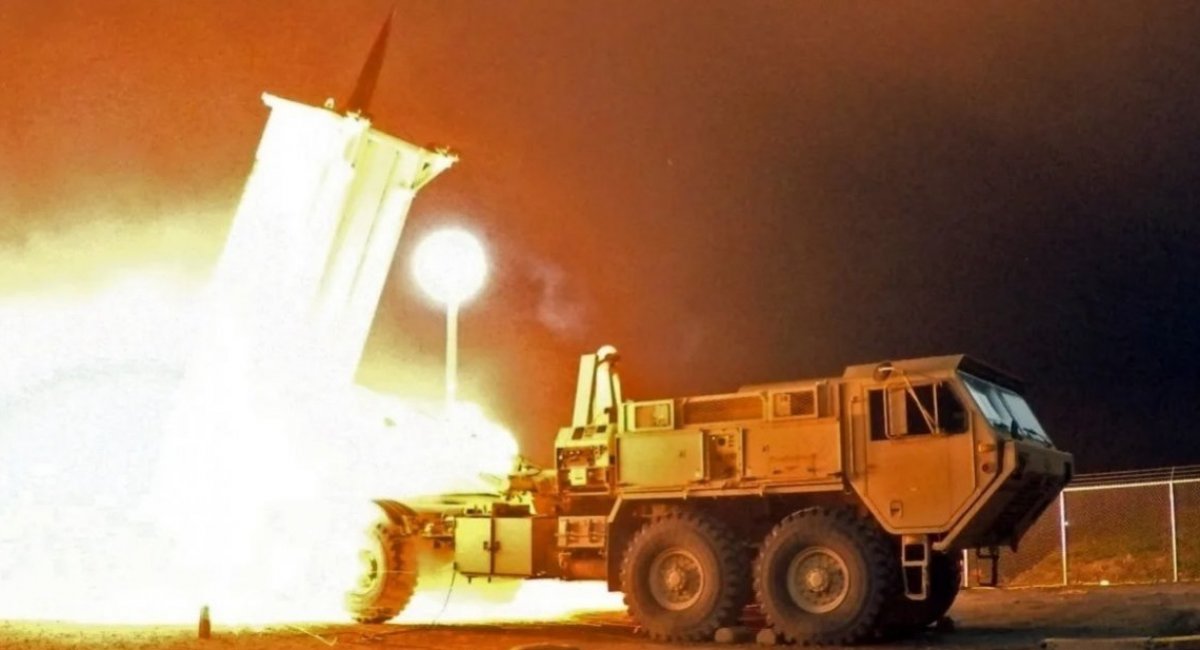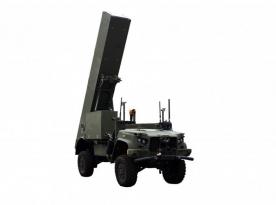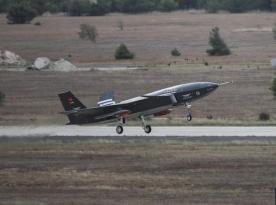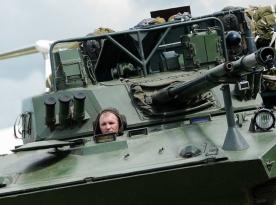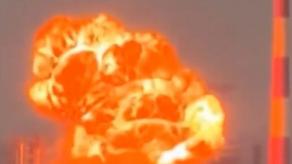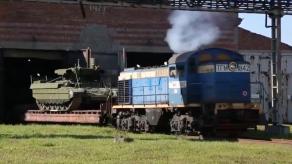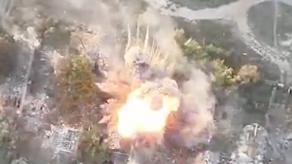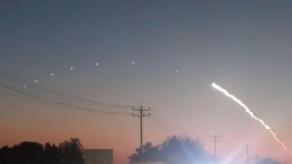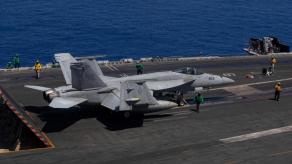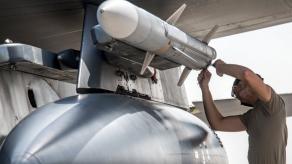The American defense giant Lockheed Martin plans to step up efforts to promote its products in Europe. As company president Michael Williamson stated, they currently see "the greatest growth potential outside the U.S. in international markets" over the next five years, with Europe being the primary focus where the company intends to significantly expand its presence.
Read more: Arctic Crisis for russia: Icebreaker Fleet Inches Toward Disaster
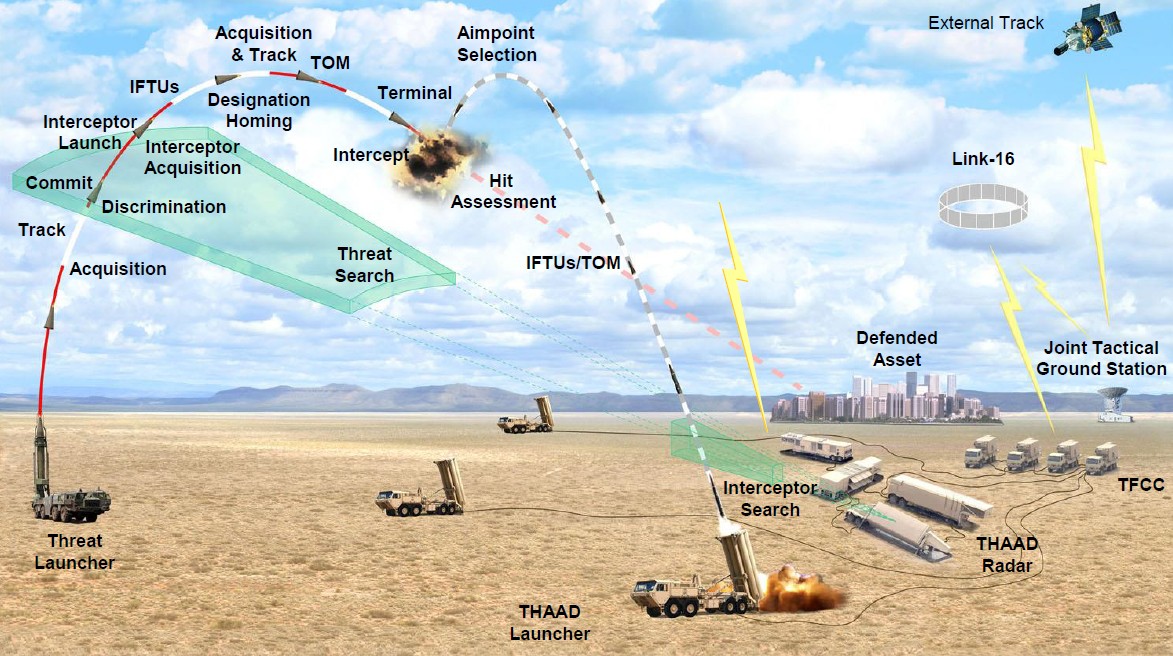
Williamson revealed this in an interview with the German media Handelsblatt. According to him, in addition to the F-35 fighter jets, the company for the first time wants to actively push the THAAD missile defense system in Europe under the European Skyshield Initiative (ESSI), positioning it as an alternative to Israel's Arrow 3 system, which Germany has already chosen. Lockheed Martin claims it is already holding talks with potential THAAD buyers.
On one hand, THAAD is indeed a unique missile defense system that would be especially useful against russian ballistic missiles. On the other hand, there are several nuances worth keeping in mind both in terms of modern arms sales practices and U.S. political considerations.
First of all, its expensive and slow. For example, Saudi Arabia purchased seven THAAD batteries including 44 launchers, seven radars, and 16 command centers at a staggering cost of 15 billion dollars, along with several hundred interceptors. Open sources suggest each interceptor may cost around 15 million dollars per unit.
Then there are the timelines. Earlier this year, it was reported that if, for instance, the Ukrainian Armed Forces ordered even a single THAAD battery, the wait time would be at least six years.These estimates are based on current U.S. delivery rates for its own forces, and for foreign clients, the pace may well be even slower. Even if slightly faster, the reality remains that the waiting times are significant while, given the current security environment, missile defense systems are needed far more urgently.
Finally, when it comes to U.S. political constraints, one can recall the episode with the Patriot air defense system, when the U.S. blocked a deal with Denmark at the last moment due to a shortage of interceptors in its own stockpiles.
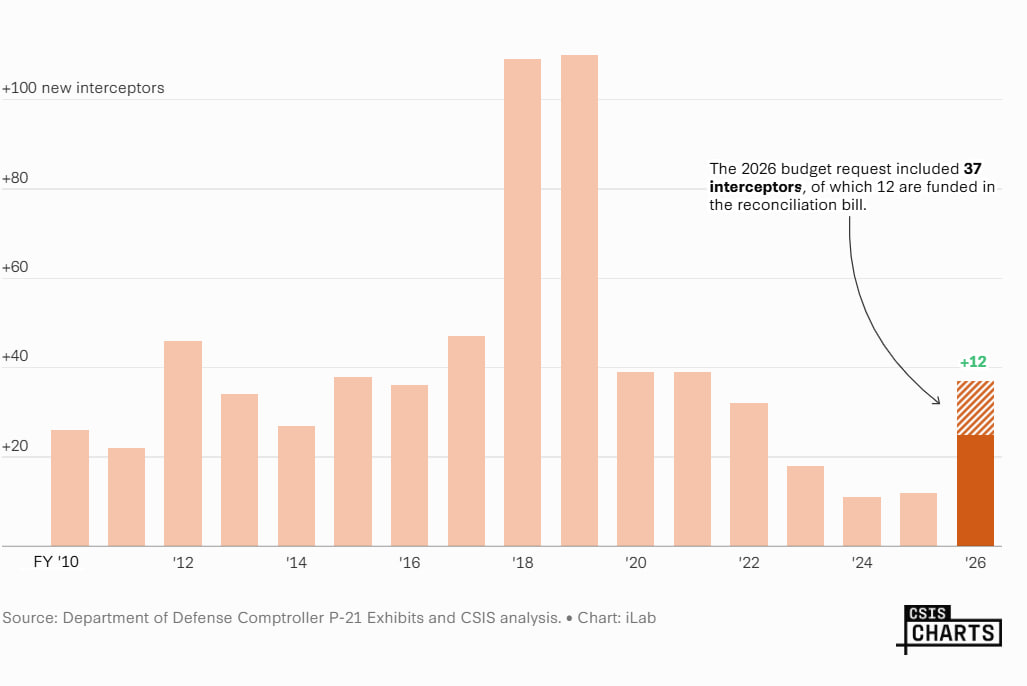
THAAD interceptors may also be considered scarce. In June this year, the U.S. fired 150 THAAD interceptors in just 12 days, while replenishing those stockpiles would take up to four years. At the beginning of this year, it was reported that the 900th interceptor had been delivered.
Read more: Medieval Gear, Modern Threats: France Trials Ballistic Shields, Citing Ukraine




